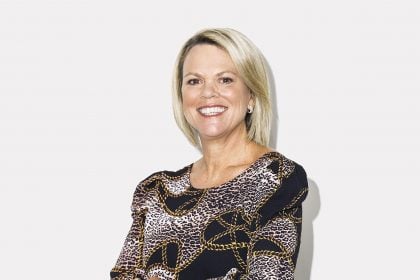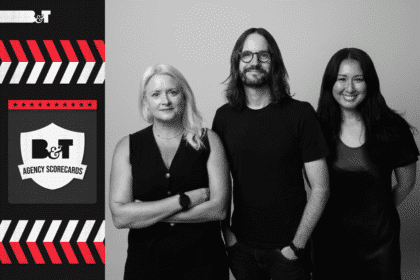A new study, just revealed at Cannes, has found that men appear in ads four times more than women and have seven times as many speaking parts.
The study called Gender Bias In Advertising was undertaken by New York agency J. Walter Thompson and the Geena Davis Institute on Gender in Media and also found that there are twice as many male characters as female characters in advertising. You can read the full study here.
The study was based on winning Cannes ads over the last decade. However, it should be noted only English-speaking ads were considered.
It also revealed that 25 per cent of ads feature only men compared with five per cent for women.
Of the ads studied, men are the only speakers in 18 per cent of ads compared to just three per cent of ads with women as the sole voice.
Other major points from the study included:
- Women shown in ads are mostly aged under 40, while male characters shown in ads have a wider age range.
- Males in ads are twice as likely to be given the funny, comedic part.
- Ten per cent of female characters in ads (six times more than male characters) are shown wearing provocative or revealing clothing.
- Men were 62 per cent more likely than females to portray characters that are seen as intelligent.
- Males in ads are also more likely to be shown with a job (one in three versus one in four female characters).
- Female characters in ads were almost 50 per cent more likely to be shown in a scene that takes place in a kitchen. Likewise, male characters in ads are 50 per cent more likely to be shown in a scene that takes place at some sort of sporting event.
Commenting on the study, JWT’s chief creative officer, Brent Choi, said: “What this research shows is that our industry has tent-pole moments, amazing actions or campaigns when we all rally around women, but when it comes to creating our ‘regular’ ads for our ‘regular’ clients, we forget about them.”
While, Madeline Di Nonno, CEO, Geena Davis Institute on Gender in Media, added: “By changing the narrative, the images we use, the stories we tell about women, we can dramatically change the way the world values women and how women and girls see themselves. It’s not enough to portray more women. We need a more progressive and inclusive representation of women.”








